Much ado about commemorating the anniversary of his death, that is. William Shakespeare died 400 years ago April 23, 2016, allegedly exactly 52 years to the day from his birth. His legacy, however, lives on, and this year his English homeland is giving The Bard his due. Both Stratford-upon-Avon, where he was born and also died, and London, where his career flourished, have calendars filled with Shakespeare-themed tributes and events. Every Bardolator tours and takes in a performance Shakespeare’s Globe Theatre in London and the Royal Shakespeare Company in Stratford, but here are nine other Shakesperiences to enhance a fan’s itinerary.
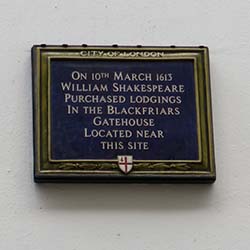
• “Shakespeare’s vocabulary included 30,000 words; in Hamlet alone he uses 4,700 different words,” says actor/author Declan McHugh on his guided, 90-minute Shakespeare-in-the-City walk. “He invented nearly 3,000 words, such as circumstantial, assassination torture…,” McHugh continues, ticking off a list of Shakespeare-isms as he points obscure artifacts and unmarked London sites, such as the locations of Blackfriar’s Theatre and the only two known sites of The Bard’s six London homes. He tosses in trivia and teases controversy— Was Shakespeare a secret Catholic? A bisexual? — between sights such as Wardrobe Place, various statures and ruins, and a Christopher Wren-designed church where the Bard was a parishioner.
• 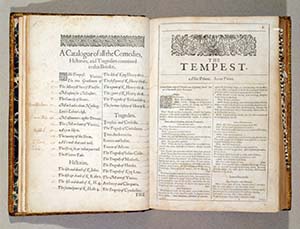
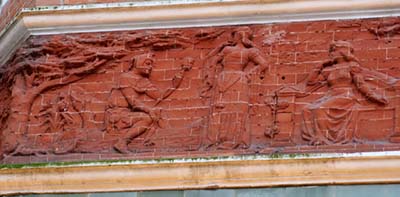
• If visiting Windsor Castle en route to Stratford-upon-Avon, don’t miss Shakespeare in the Royal Library, an exhibition drawing from works in the royal collection. Included are three folios of Shakespeare’s ‘Comedies, Histories and Tragedies.’ Most interesting is a 1632 Second Folio, hand annotated by two kings, Charles 1, likely while he was imprisoned before he was beheaded, and George III. And don’t miss the engraving depicting Shakespeare, one of only two made within living memory of him, with accuracy endorsed by Benjamin Johnson.
• 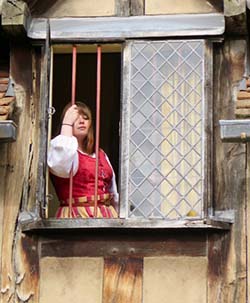
• Sit in the classroom where young William studied and first experienced theater at Shakespeare’s Schoolroom & Guildhall. Still in use by the same King Edward VI School that Shakespeare attended, the 1420 structure underwent an approximately $2.59-million restoration before opening to the public in April. Also of note are fragments of rare medieval wall paintings based on the seal of the Guild of the Holy Cross and Tudor roses uncovered during restoration.
• Shakespeare’s Birthplace has long been a major attraction, and one well worth seeing, but this summer, the Shakespeare Birthplace Trust is unveiling Shakespeare’s New Place, the home where he died. William Shakespeare purchased New Place, the second-largest house in Stratford, in 1597, living there for 19 years. Although demolished in 1759, the foundations of the U-shaped house and its gardens were preserved. In July, they’ll reopen, along with the adjacent Nash House, the masterfully preserved Tudor home where his granddaughter, Elizabeth, lived. The nearly $7.2 million project will introduce Shakespeare on a more personal level through interpretive exhibits accented with rare artifacts in the house and garden displays highlighted by commissioned artworks in the footprint of the former family home.
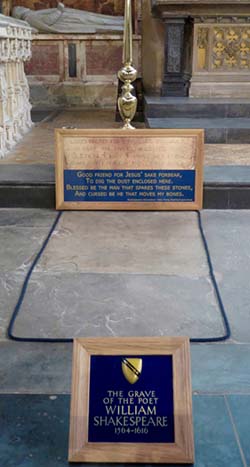
Photos © Hilary Nangle except picture of copy of William Shakespeares Second Folio 1632 Shakespeare in the Royal Library ©Her Majesty Queen Elizabeth II 2015
I have three passions in life: Maine, traveling and skiing. Okay, four: chocolate. Maybe five, spa-ing (is there such a word?). I guess writing would be my sixth passion. And cheese, oh yeah, artisan-crafted and farmstead cheeses. Did I mention lobster? What can I say, I’m a passionate kinda gal. You can find more of my tips for traveling through Maine at: Maine Travel Maven. My three Moon Maine guidebooks are — Maine, Coastal Maine, and Acadia National Park. They are available at bookstores and online.
